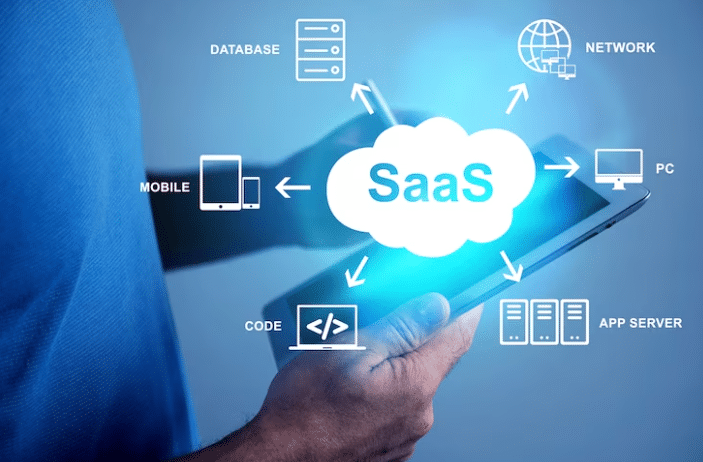Software as a Service (SaaS) Enterprise Resource Planning (ERP) is a paradigm that revolutionizes the way businesses access and utilize ERP software. This in-depth exploration delves into the intricacies of SaaS ERP, illuminating its significance, functionality, implementation strategies, challenges, and future trajectory.
Unpacking SaaS ERP
1. Understanding SaaS ERP
SaaS ERP delivers ERP software as a service over the internet, rather than being installed on local servers. It offers a subscription-based model, providing access to powerful ERP tools without the need for significant on-site infrastructure.
2. Core Functionalities
Accessibility and Scalability
SaaS ERP offers flexibility, allowing businesses to scale their operations and access the system from anywhere with an internet connection.
Cost-Effective Solution
The subscription-based model eliminates high initial costs, making powerful ERP functionalities accessible to businesses of varying sizes.
Security and Updates
Providers manage security and updates, ensuring the system is always up-to-date and secure, relieving the burden from the user.
3. Importance of SaaS ERP in Modern Businesses
Affordability and Accessibility
SaaS ERP democratises access to robust ERP systems, allowing smaller businesses to benefit from sophisticated tools without exorbitant initial investments.
Adaptability and Upgradability
The cloud-based nature of SaaS ERP allows for easy upgrades and adaptation to changing business needs without complex system overhauls.
Collaboration and Integration
SaaS ERP fosters collaboration and seamless integration among teams, departments, and even external stakeholders.
Implementing SaaS ERP
1. Selecting the Right SaaS ERP Provider
Choosing the right provider involves evaluating factors such as security, scalability, user interface, and support services.
2. Data Migration and Integration
Migrating existing data and integrating it into the new system is a crucial step that requires meticulous planning and execution.
3. Training and Change Management
Adequate training and change management are essential to ensure effective adoption and utilization of the new SaaS ERP system.
Challenges in SaaS ERP Implementation
1. Data Security Concerns
Storing sensitive data on external servers raises security concerns, necessitating robust security measures.
2. Internet Reliability
The reliance on a stable internet connection for access can pose challenges if the connection is inconsistent or unreliable.
3. Customization and Vendor Lock-in
Customization options might be limited, and transitioning to a different provider can be challenging due to data format and compatibility issues.
The Future of SaaS ERP
1. Integration with Emerging Technologies
SaaS ERP systems will integrate emerging technologies such as AI, machine learning, and blockchain, enhancing analytics, automation, and security.
2. Continued Evolution of Cloud Computing
Advancements in cloud technology will offer improved capabilities and services, making SaaS ERP even more efficient and secure.
In conclusion, SaaS ERP stands as a beacon of transformation, reshaping how businesses access, utilize, and benefit from ERP systems. Its adaptability, accessibility, and cost-effectiveness herald a new era in business management.
Would you like to explore any particular aspect further or need additional details on SaaS ERP? Feel free to ask for more insights!
